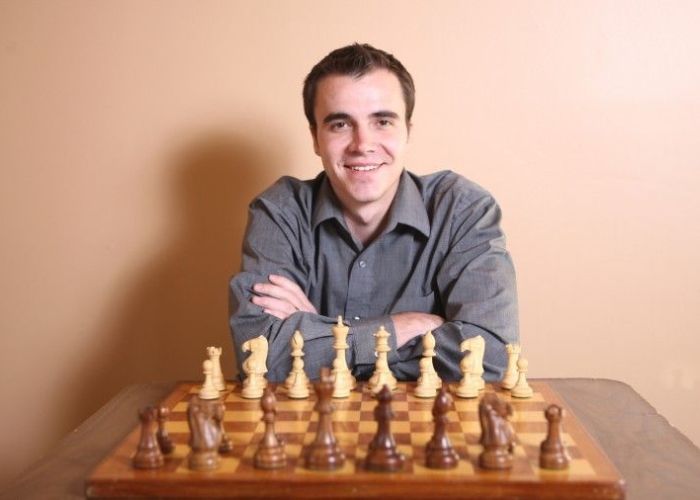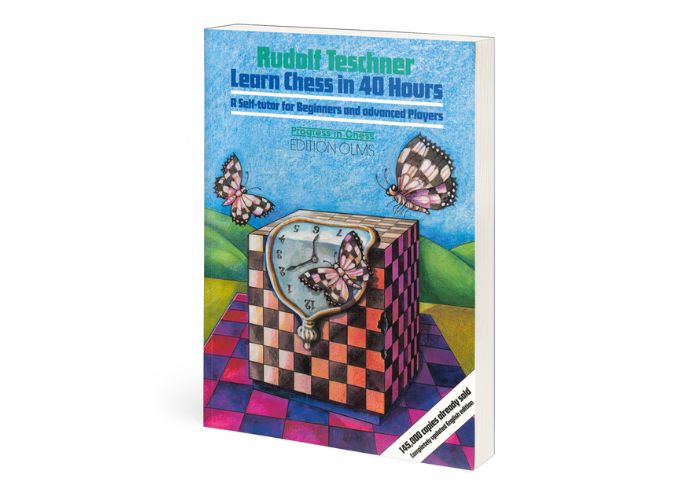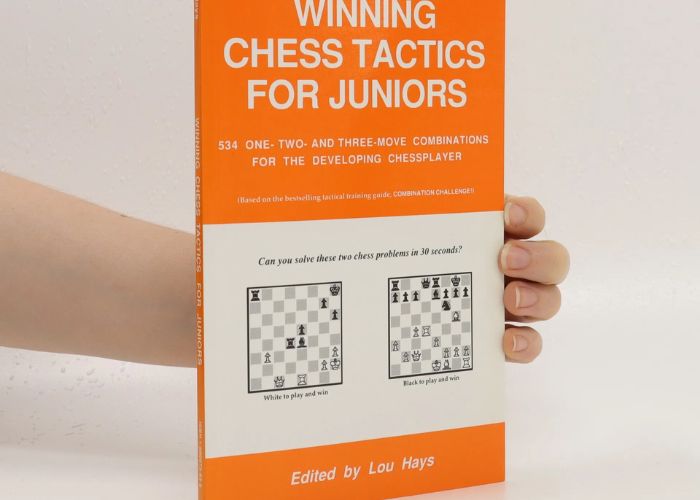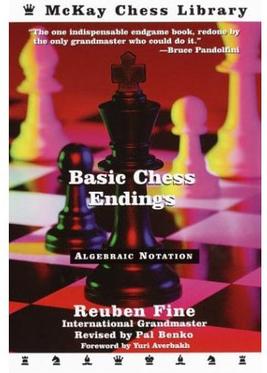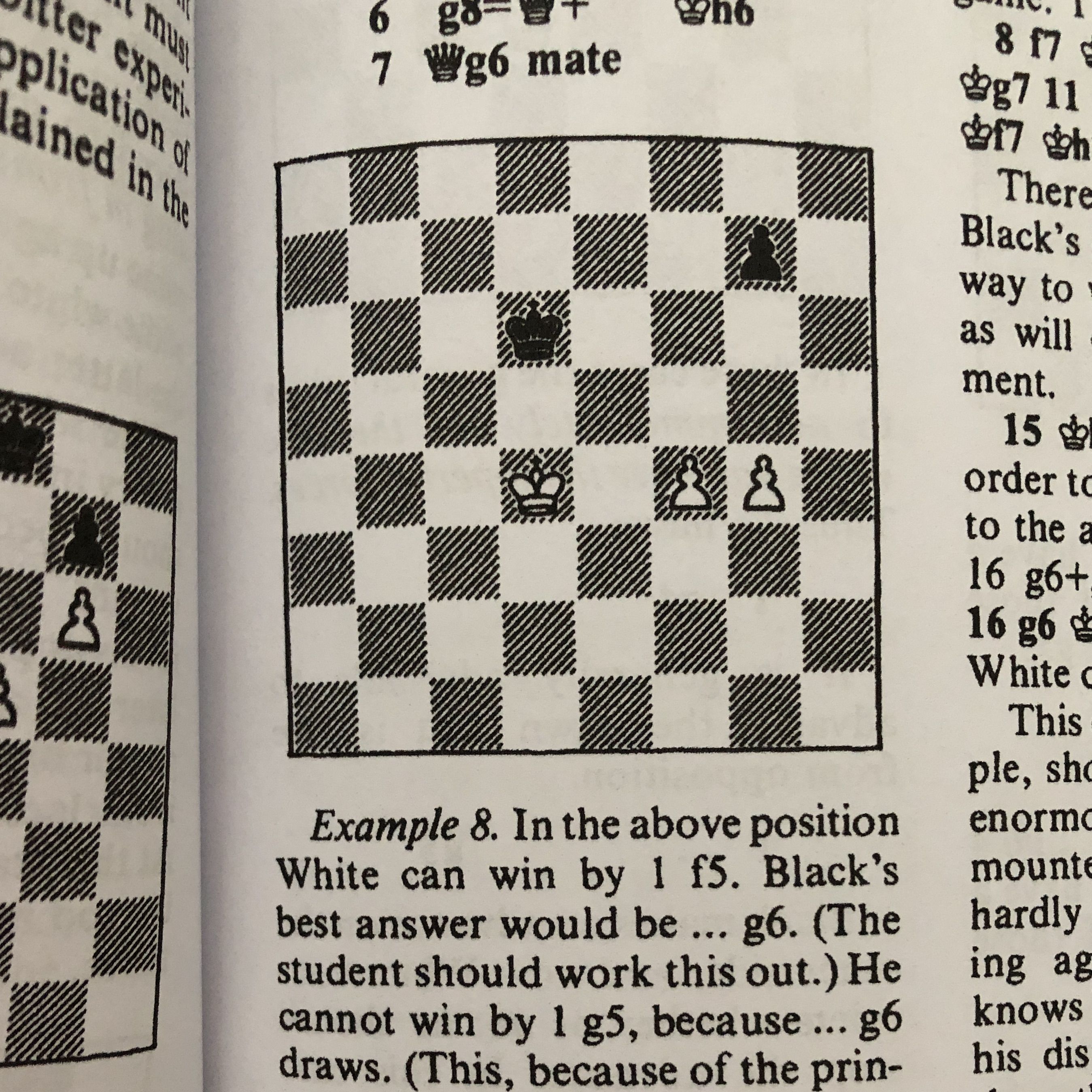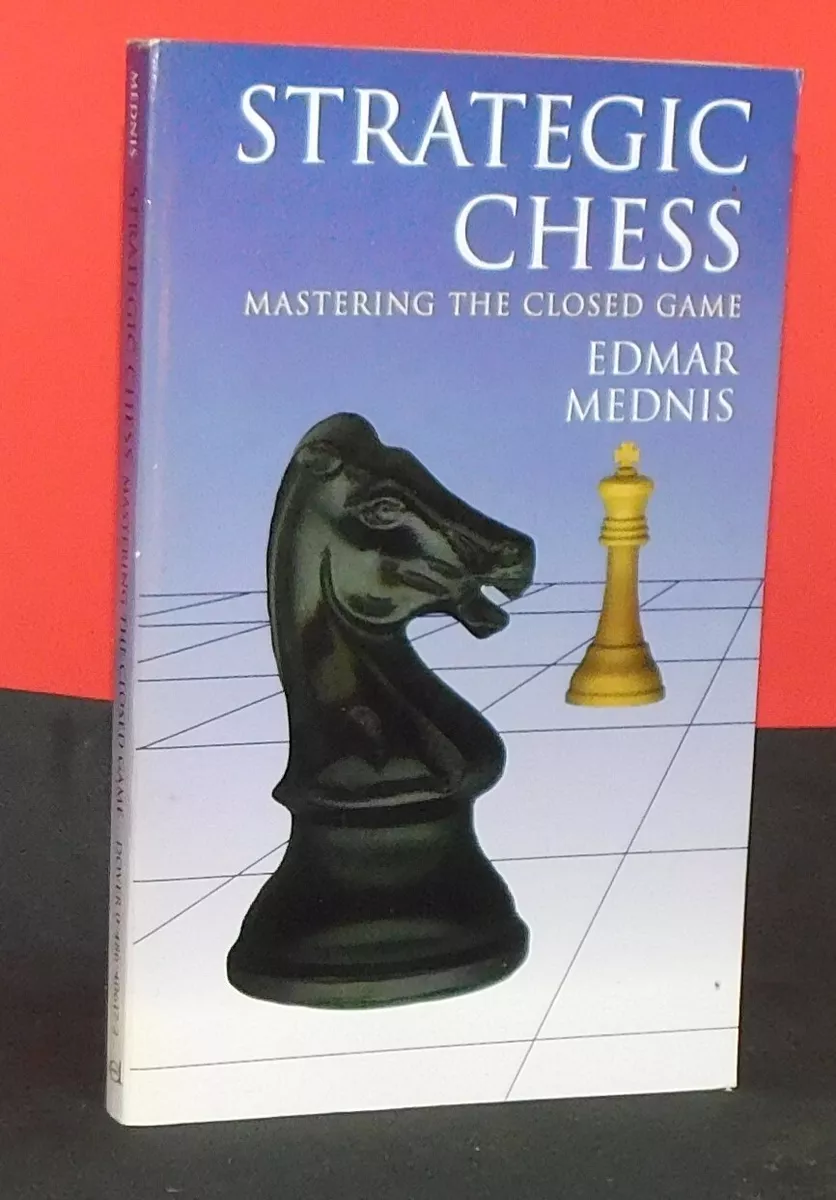Eugene Znosko Borovsky Great Chess Authors Part 3
We will now look at some of Eugene Znosko-Borovsky’s other important chess writings after we finish our look at “The Middle Game in Chess.” It took a lot of work for Znosko-Borovsky to teach chess in more than one way. He taught people how to play, how to think about the game, and even how … Read more
